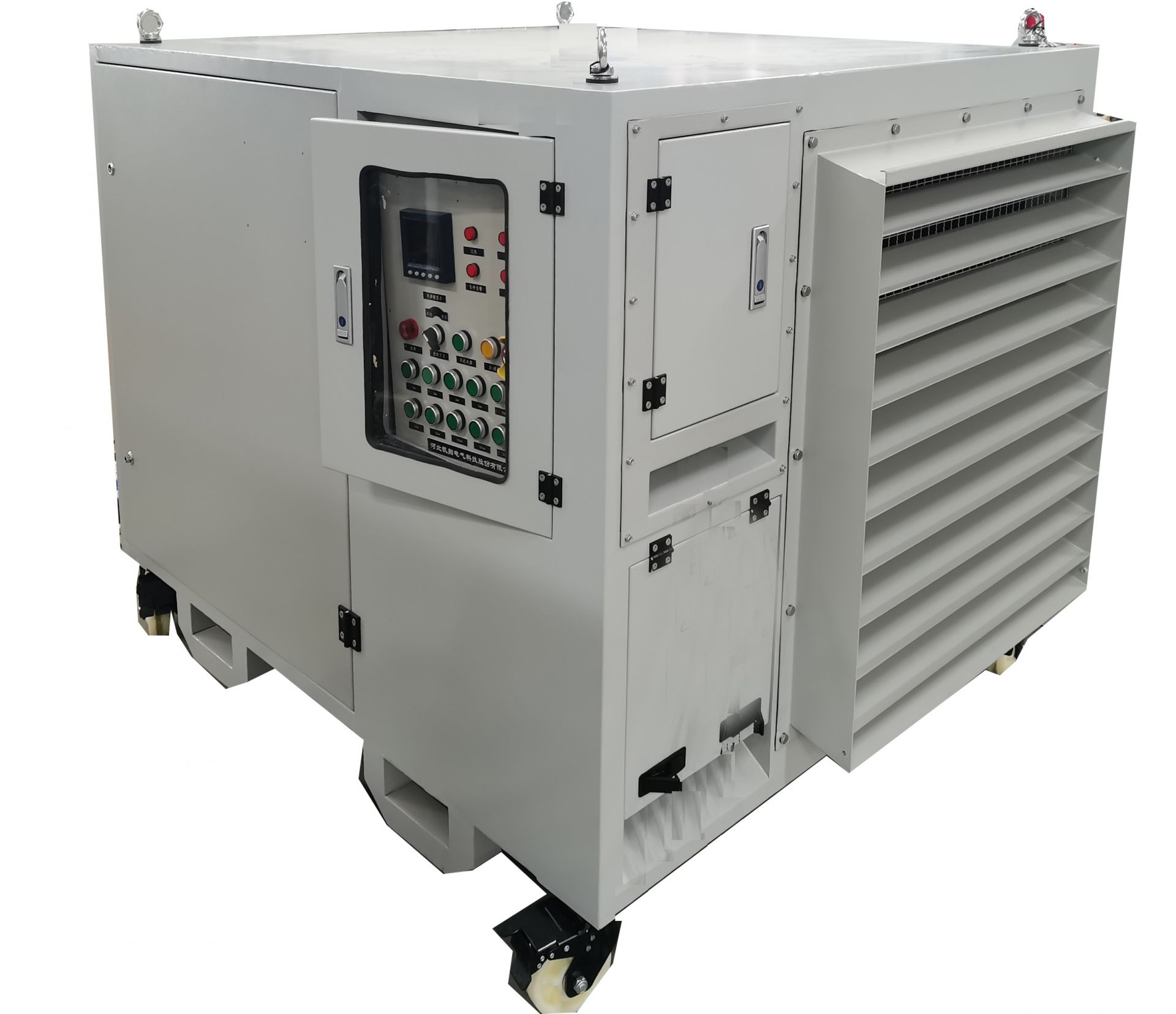Unlocking Resistive Load Banks: The "Unsung Heroes" in the Field of Power Testing
Time:2025-10-30
In the modern electrical engineering domain, resistive load banks are indispensable devices designed to simulate pure resistive loads in practical circuits. Typically housed in a compact enclosure, these units integrate high-power resistors with associated heat dissipation, control, and monitoring systems. As a widely used instrument in electronic testing, the resistive load bank provides adjustable pure resistive loads of varying impedance values, enabling comprehensive evaluation of electrical equipment under diverse loading conditions. The core of the system consists of a high-power resistor network coupled with efficient thermal management components, allowing flexible adjustment of both impedance and power ratings according to user requirements.
During operation, current flows through high-power resistors, where electrical energy is converted into thermal energy in accordance with Ohm’s Law, thereby emulating the power consumption characteristics of real-world loads. In this process, the integrated heat sink plays a critical role by effectively dissipating generated heat, ensuring continuous and stable device performance. Owing to their reliable, precise, and stable impedance regulation capabilities, resistive load banks serve as essential tools in performance evaluations of various electrical systems, offering robust support for assessing operational stability, reliability, and efficiency.
Power System Testing: Ensuring Grid Stability and Efficiency
Within large-scale and complex power systems, resistive load banks are vital for maintaining grid stability and optimizing operational efficiency, fulfilling irreplaceable roles across multiple key applications.
As central power generation units, generators must demonstrate consistent performance to ensure reliable electricity supply. Resistive load banks play a pivotal role in generator testing by simulating realistic load profiles. Engineers can conduct comprehensive assessments of generator performance by incrementally applying loads from no-load to full-rated capacity while monitoring voltage and frequency stability. A high-performance generator should maintain output parameters within specified tolerances during dynamic load changes, ensuring downstream equipment operates normally. In overload testing, temporary application of loads exceeding the rated capacity (e.g., 110%) allows verification of the responsiveness and reliability of protective mechanisms. Upon detecting excessive load conditions, protection systems must act promptly—by tripping circuits or initiating other safeguards—to prevent damage caused by overheating or overcurrent. Furthermore, in multi-generator parallel operations, resistive load banks facilitate load sharing analysis, synchronization checks, and balance assessment. Only when all units operate cohesively and distribute load uniformly can overall system efficiency be maximized, avoiding scenarios where some generators are overloaded while others remain underutilized.
Transformers, being critical components for voltage transformation and power transmission, significantly influence grid performance. Resistive load banks also contribute substantially to transformer testing. By replicating various load scenarios, they enable accurate measurement of key parameters such as short-circuit capacity, current, voltage, frequency, and temperature rise. In no-load and load loss tests, resistive load banks serve as equivalent load simulants, providing precise data for determining transformer energy efficiency classes—an important factor in reducing energy losses and improving system-wide efficiency. High-efficiency transformers minimize power dissipation during transmission, thereby enhancing the sustainability and economic viability of power networks. Additionally, by simulating fault-level impedances, resistive load banks assist in validating the accuracy of transformer protection relay settings. When a short-circuit event occurs, protective relays must respond instantaneously to isolate faulty sections and safeguard equipment. Accurate threshold calibration is crucial for effective protection, and resistive load banks offer a dependable means of verifying these critical settings.
News Recommendation
-
 2024-09-11
2024-09-11TRIUMPH LOAD EXHIBITING AT Enlit Europe 2024 -BOOTH 7.H08
-
 2023-04-21
2023-04-21TRIUMPH LOAD EXHIBITING AT DATA CENTER WORLD GERMANY 2023-BOOTH F909
-
 2023-04-06
2023-04-06TRIUMPH LOAD EXHIBITING AT ELECTRIC POWER TECH KOREA 2023 – Booth G109
-
 2022-05-05
2022-05-05What is the role of ac load bank for power supply?
-
 2022-05-05
2022-05-05What is the role of the load bank?


